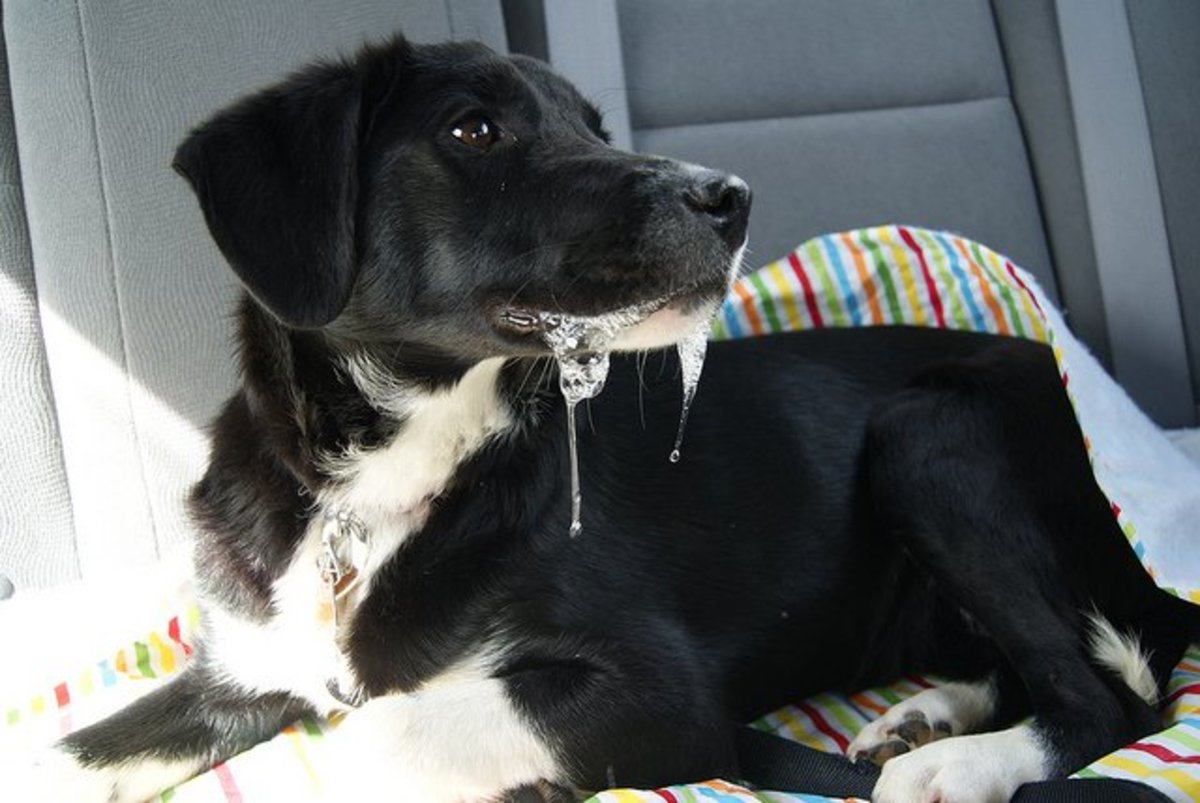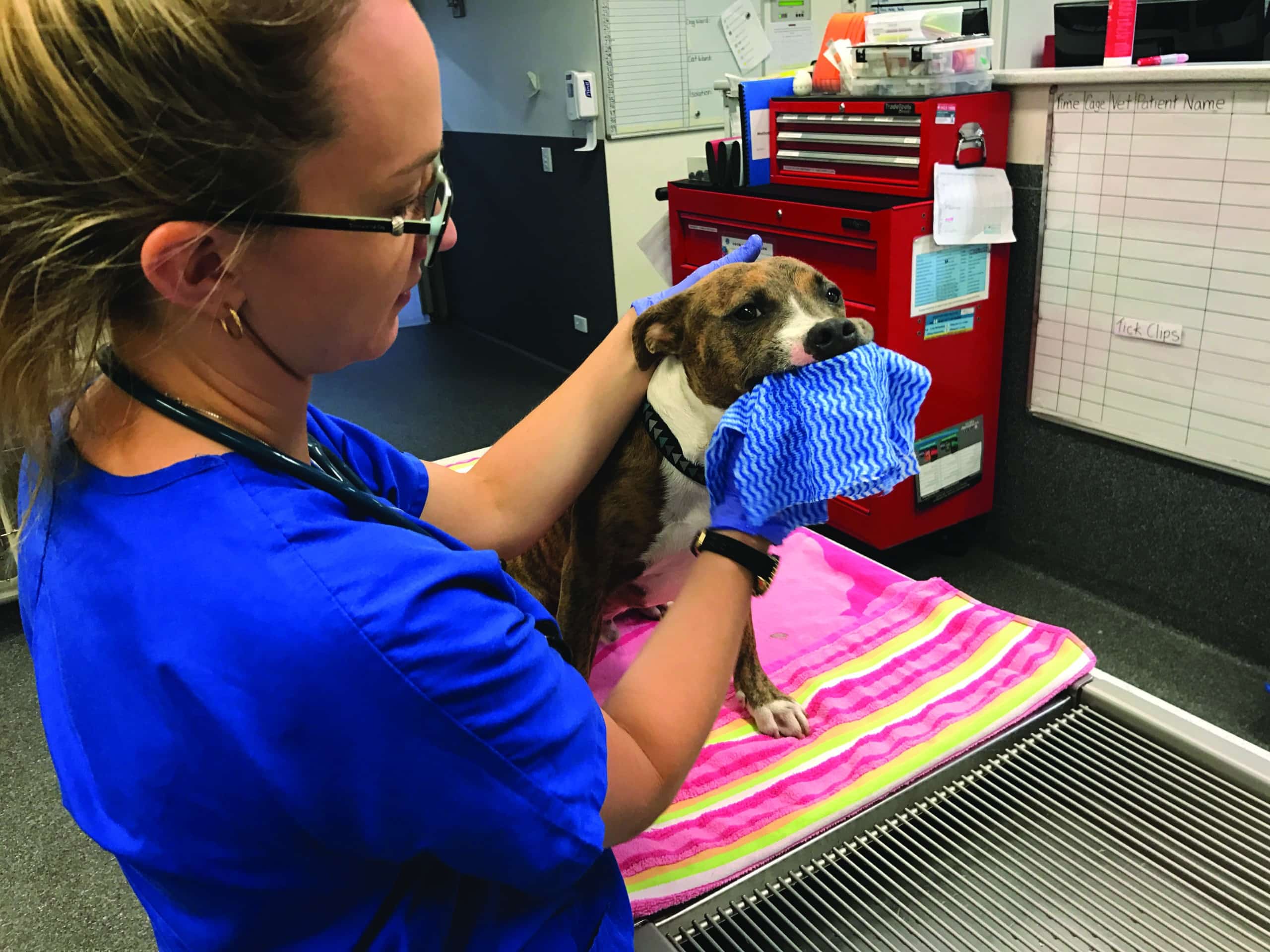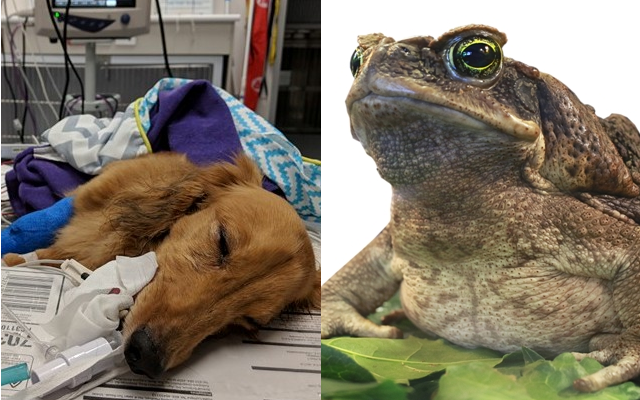Originally introduced into QLD to control the pest beetles in the sugar cane industry in 1935, the cane toad has since been rapidly spreading throughout Australia, wreaking havoc on our local wildlife and can also be quite problematic to our much loved pets.
While most active in the warmer months, cane toads can be found year round and are most active at night. Their movement is often irresistible for puppies and dog breeds like terriers who like chasing small animals in their backyard or at the park.

The glands within the skin around the shoulders of a cane toad produce a sticky milky substance containing a potent toxin. When a dog bites or licks a cane toad the sticky substance sticks to the mucous membranes of the mouth allowing the toxin to be readily absorbed. This toxin has hallucinogenic effects and can actually become addictive to some dogs. The toxin can be particularly effective on small dogs and puppies due to their size.
Some noticeable signs of cane toad toxicity:
-
Salivation, frothing at the mouth, pawing at the mouth
-
Vomiting
-
Very red or slimy gums
-
Elevated heart rate
-
Disorientation
-
Muscle rigidity or spasms
-
Tremors or seizures
-
Death


Normally effects of the toxin are seen within 30-60 minutes of ingestion or absorption however this often depends on the amount absorbed and sometimes it can take a few hours before symptoms are seen.
What to do if you see your dog lick a cane toad or if you suspect this:
-
Call your local vet clinic and advise them of the poisoning incident
-
Wipe your dogs mouth out with a wet cloth
-
Do not use a hose to attempt to wash your dogs mouth as this has a risk of aspiration of the water entering the dogs mouth.
-
Transport your pet for vet assessment, if you have multiple people available one person can continue wiping the mouth out with a wet cloth.

In mild cases this may be all that is required for cane toad toxicity, however some cases require extra veterinary care. Unfortunately there is no antidote for the toxin, however supportive care including intravenous fluids is often used to clear the toxin from the body as quickly as possible and support the body before the patient is able to eat and drink for themselves. Certain medications may also be needed to manage the effects of the toxin on the brain, respiratory system and heart.







